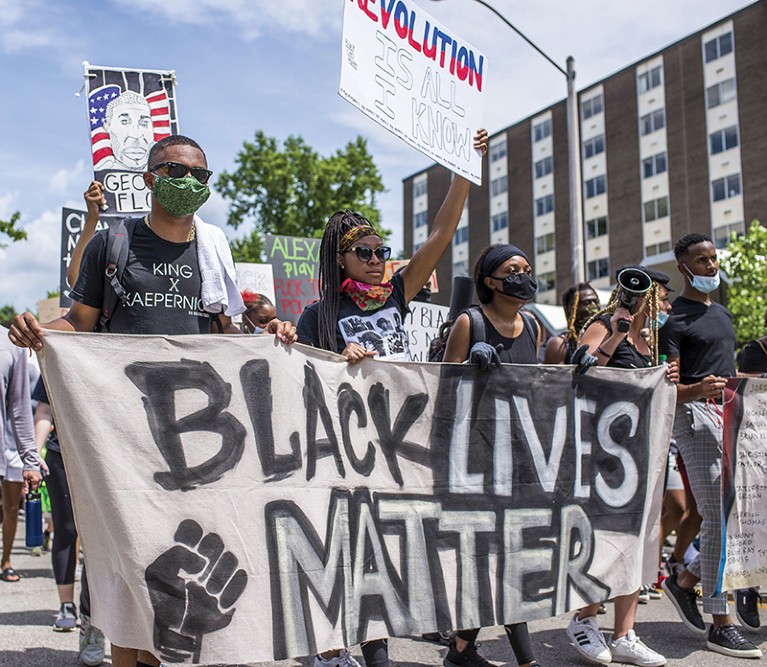
Demonstrators march at Indiana University Bloomington to protest against police violence during the Black Lives Matter protests.Source: Rodney Margison/ZUMA Wire/Shutterstock
Sparked by the global reaction to the police killing of George Floyd, an unarmed Black man, in Minneapolis, Minnesota, in May, universities, departments and faculty members rapidly issued statements and policies highlighting their commitment to diversity and equity in academia. Conversations on how to create a more equitable research environment erupted on social media, and data on the lack of diversity in academia were thrown into stark relief.
In the United States, for instance, 13% of the population is Black, but Black researchers comprise just 6% of faculty positions in science, technology, engineering and mathematics (STEM). According to the Pew Research Centre in Washington DC, 62% of Black STEM employees in the United States say they have experienced racial or ethnic discrimination at work, and 57% say their workplaces do not pay enough attention to racial and ethnic diversity.
Although some scientists feel hopeful about the current interest in addressing inequity, they also question how long the momentum will last and emphasize the magnitude of the work that lies ahead.
Analysing the foundation
To make research environments more diverse and inclusive, some feel that the fundamentals of academic science must be addressed before substantial progress can be made. “You have to examine the foundation that higher education is built on,” says Joy Melody Woods, a second-year PhD student at the University of Texas at Austin and co-founder of the Twitter hashtag #BlackInTheIvory, which provided a platform for scientists of colour to share their experiences in academia. “When you can see that the foundation this is built on is flawed, then you can have real conversations.”
Meritocracy, a term introduced in 1958 by Michael Young in his satirical book The Rise of the Meritocracy, refers to a system in which power, wealth and privilege are determined by an individual’s merit. However, the concept of meritocracy in academia often overlooks income inequality, access to STEM education, prejudice and other factors that might limit opportunities for students of colour1. “The whole meritocracy system that we believe science is based on is not actually applied the same way to Black, Hispanic, Native American people and people with disabilities,” says Yaihara Fortis Santiago, associate director for postdoctoral affairs and trainee diversity initiatives at Memorial Sloan Kettering Cancer Center in New York City.
Admissions policies and practices are significant barriers to creating fairer and more-inclusive research environments2. Application fees, grades from undergraduate degrees, standardized tests, and the conscious and unconscious biases of admissions-committee members all affect who is admitted to graduate programmes and who progresses in academic careers (see ‘Ethnicity and seniority in UK academia’).
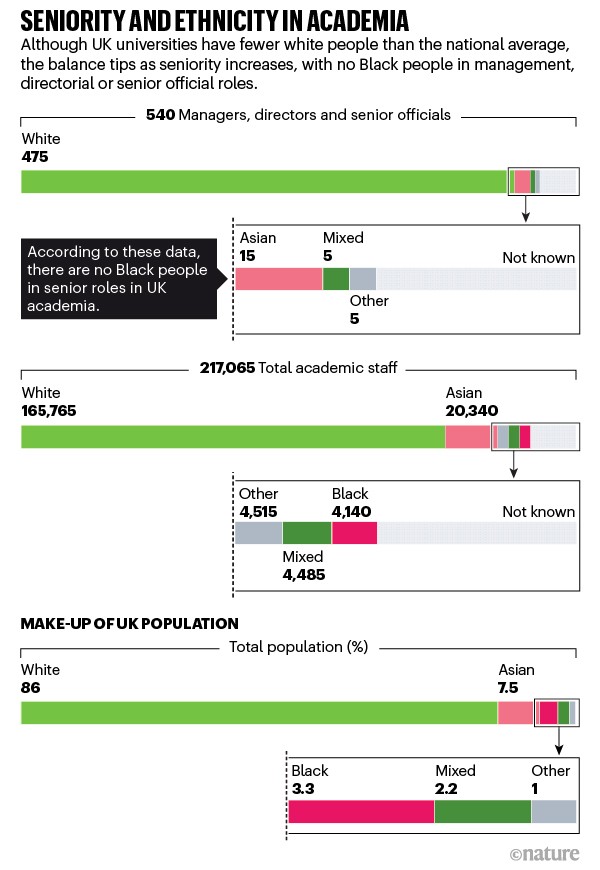
Source: UK Higher Education Statistics Agency
For example, a study published last year examined how gender and race influenced faculty perception of postdoctoral candidates in physics and biology at eight US universities by altering the names on otherwise identical CVs3. Across departments, faculty members perceived white and Asian candidates to be more competent and hire-able than their Black and Latin American counterparts, despite being equally well qualified. Physics faculty members also perceived male candidates as more competent than female candidates.
“It’s those admissions-committee tables where my voice, as well as the voices of people who understand the barriers that hold back BIPOC people, are muted,” says Fortis Santiago, referring to Black and Indigenous people and people of colour generally. “There are significant numbers of spectacular students — Black students, Hispanic students, Native American students — that are trying their very best. But because they might not have the network or the human capital or social capital to advance, they’ve been missing opportunities open to their white peers.”
And students of colour face further challenges when they are admitted to graduate programmes (see ‘US PhD awards’). For example, PhD students from under-represented groups in the United States have been found to produce scientific innovations at higher rates than do those in majority groups, yet their work is devalued, discounted and less likely to earn them academic positions4. And between 2000 and 2006, awards from the US National Institutes of Health were granted significantly less often to Black scientists than to members of any other ethnic group5 (see ‘Diversity in NIH awards’).
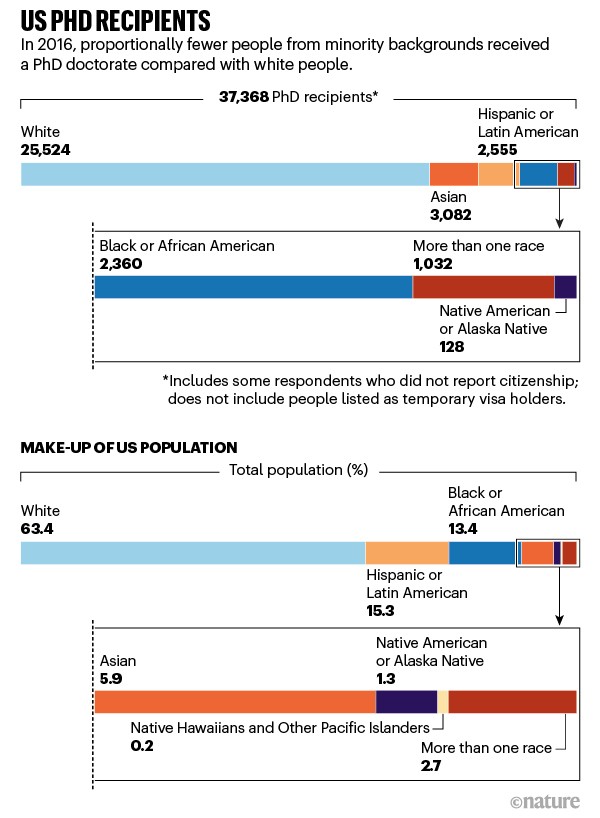
Source: Source: National Science Foundation/US Census Bureau
More recently, Black scientists in Brazil are facing more disruption during the coronavirus outbreak than their white counterparts (see ‘Deadlines during coronavirus’), and women are having a harder time than men — largely because of childcare responsibilities6.
Scientists of colour also undertake more uncompensated diversity work on campus than their white colleagues do7. “While our white peers are doing science, reading papers and catching up, we are helping our peers navigate microaggressions; we are being tokenized in brochures and flyers,” says Fortis Santiago. “The fact that people are unwilling to take time to put the effort into change shows us that we are still expecting the minoritized and the marginalized people to change a system that oppresses them.” With a heightened awareness of inequity in academia, faculty members are evaluating their responsibilities to foster diverse, open and inclusive research laboratories. In June, Bala Chaudhary, an ecologist at DePaul University in Chicago, Illinois, described common mistakes made by scientists when they begin talking about equity in STEM, and gave tips on how to build anti-racist labs8.

For instance, she says, some lab leaders might think they do not need to engage in anti-racist action if they personally are not racist. “That’s just a misunderstanding of what racism is. Racism is reinforced by institutional and historical structures. It’s more than feelings and belief.”
Chaudhary acknowledges that it is the responsibility of principal investigators (PIs) to push against those structures by actively engaging in anti-racism work and pursuing initiatives that foster diversity and inclusion. “We lead the lab and we set the lab culture,” she says. “We decide what topics of discussion are acceptable and what topics are not. We do that consciously with setting agendas for journal clubs and lab meetings, but we do it unconsciously, too, through informal conversation and passing comments.”
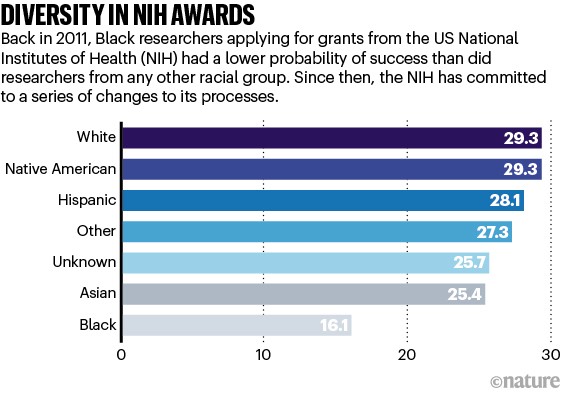
One way in which Chaudhary takes conscious action is by devising lab and field protocols to ensure the safety of her students. “We’ve had instances in the past where our students that work in the greenhouse have to come in after-hours to take care of plants for their experiments and are harassed by police,” she says. “The PI is the lab member with authority, so they need to reach out to all lab members about creating safety plans and, if necessary, proactively reach out to campus security. That’s an excellent way to use your institutional power to advocate for members in your lab.”
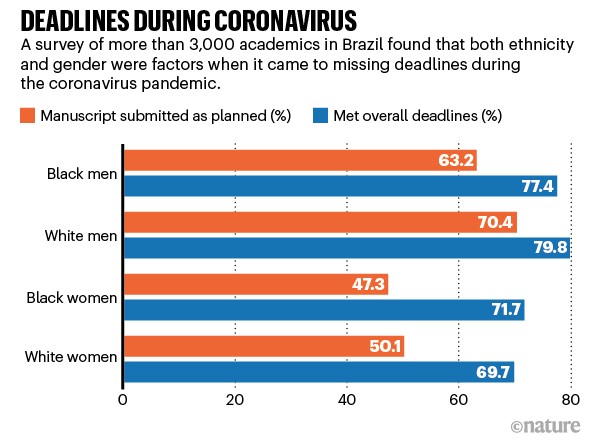
Chaudhary frequently weaves stories of environmental racism and the work of justice organizations into her environmental-science courses. These stories signal to her students that she is open to discussing race.
For PIs who are uncomfortable talking about race, Chaudhary suggests seeking out training opportunities through diversity and equity offices at universities. Training can help PIs learn how to lead a discussion on race or microaggressions and how to avoid tokenism in the classroom, for instance. “It’s a skill just like any other skill that we can develop,” says Chaudhary.
Moving past percentages
For those interested in building more equitable labs, efforts need to go beyond statements of commitment, says Edmond Sanganyado, an environmental toxicologist at Shantou University in Guangdong, China. “Just saying that we are committed to diversity and attracting and retaining a diverse student body isn’t enough: it needs some legwork to actually achieve it.”
A few months ago, Shantou University was recruiting graduate students by posting advertisements in Chinese on its website. To reach a broader audience, Sanganyado translated the ad and shared it on LinkedIn and WhatsApp, encouraging students to contact him before applying. He found several interested students from Nigeria and Zimbabwe, guided them through the application process and edited their CVs and proposals.
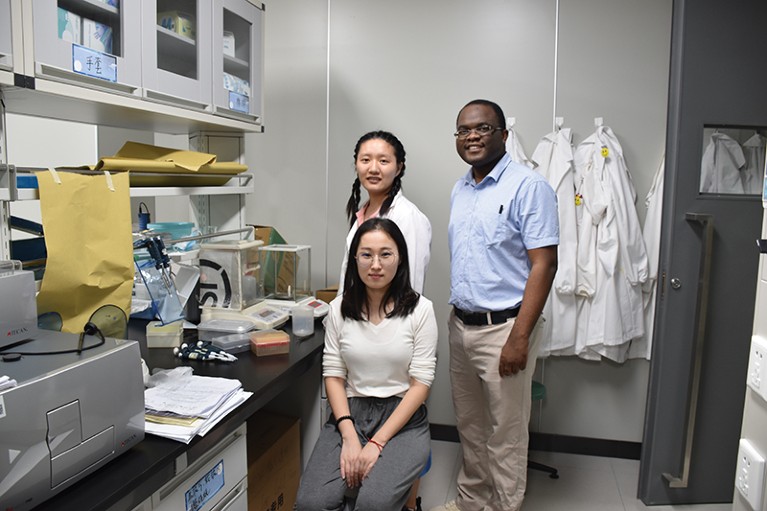
Edmond Sanganyado (right) and his colleagues in his lab at Shantou University, China.Credit: Tangqilin Gu
In one case, he stopped receiving communications from an interested student. On calling the student, he discovered that they didn’t have data to access the Internet. “Fortunately, my wife was in Zimbabwe and she paid for that student to get data to continue with their application,” says Sanganyado. “When you really want diversity, you need to go the extra mile — you need to invest in it.”
Along with recruiting talent from a greater range of backgrounds, Sanganyado emphasizes the importance of making sure students feel included throughout their academic careers. A common way of evaluating the success of diversity initiatives is to tally the percentage of programme attendees of various genders, races, ethnicities and other dimensions of diversity, and then see how it changes over time9. But this approach isn’t always effective, says Sanganyado, because the mere presence of diversity doesn’t mean that you’ve created a welcoming environment. “The best measure we can have is asking the students, ‘How much do you feel like you belong?’ You can have the highest percentage of whatever group that you want to emphasize, but if all of them don’t feel like they don’t belong, what’s the point?”
Woods agrees that shifting the focus from diversity to inclusion and equity is necessary if barriers in academia are to be broken down — and it all starts in the classroom, she says. “We wouldn’t be having these conversations of killing a Black man in the streets, because you would have learnt not to fear a Black man because he’s Black. We would have more Black people in the classroom, and more Black teachers, and more Black information because it’s out there; it’s just not included in the syllabus. When people realize that inclusion and equity really is a matter of life and death, that changes the narrative.”

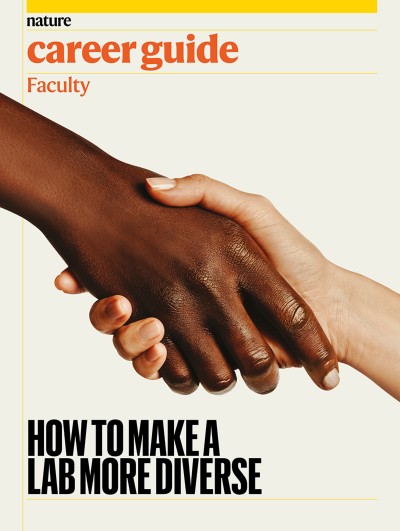
 Nature Career Guide: Faculty
Nature Career Guide: Faculty
 These labs are remarkably diverse — here’s why they’re winning at science
These labs are remarkably diverse — here’s why they’re winning at science
 What does it take to make an institution more diverse?
What does it take to make an institution more diverse?
 Science benefits from diversity
Science benefits from diversity




